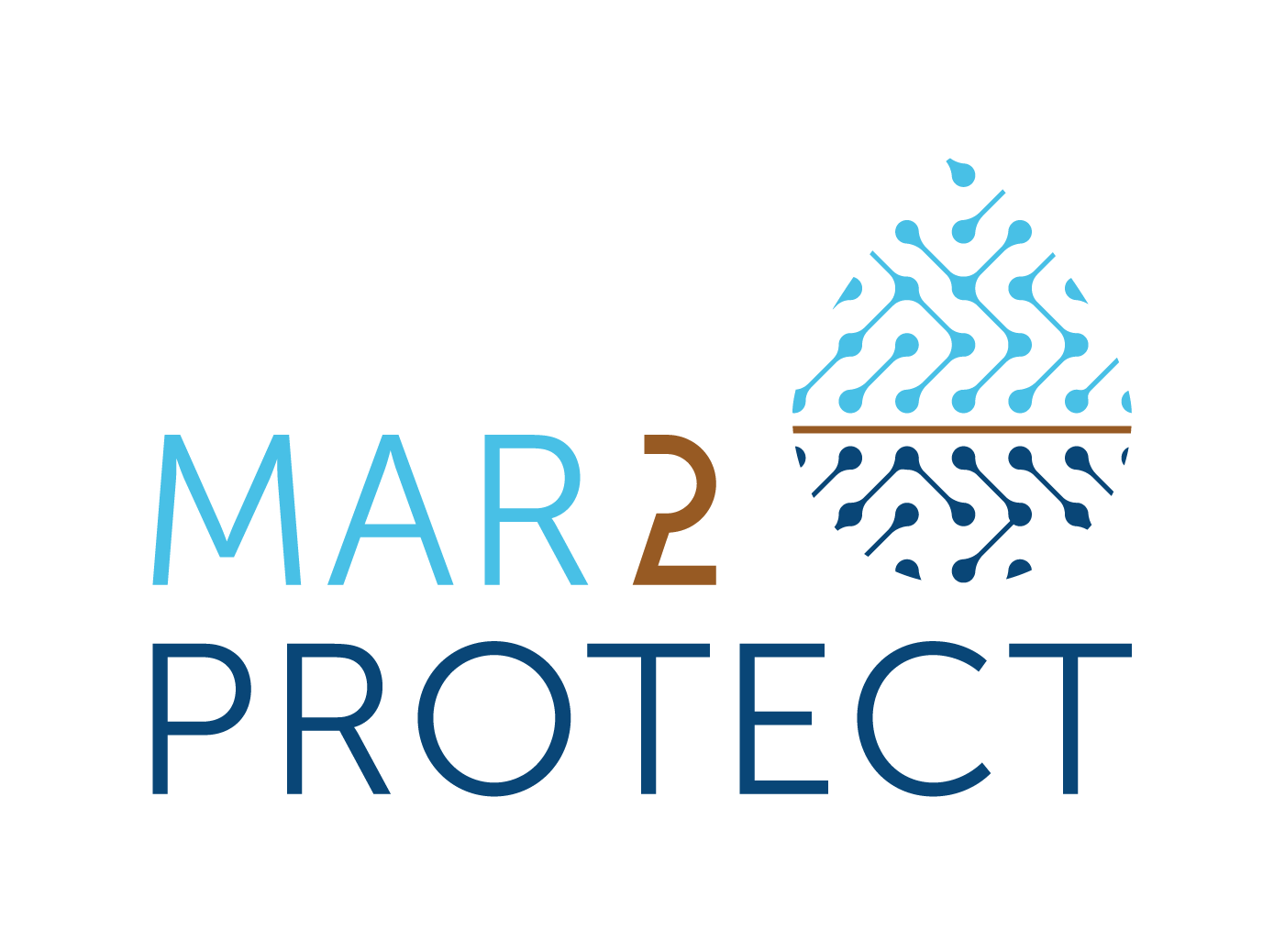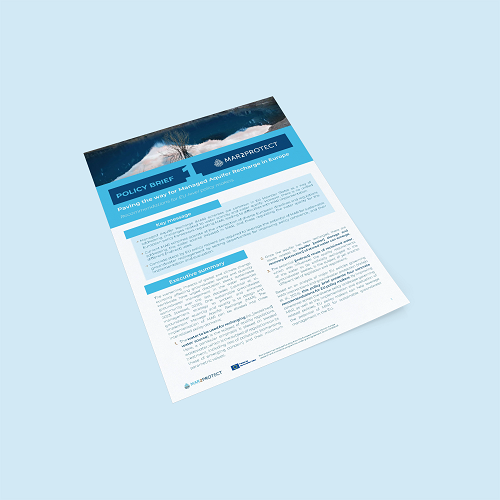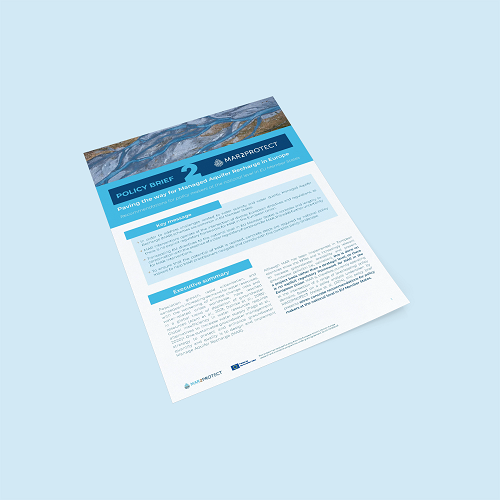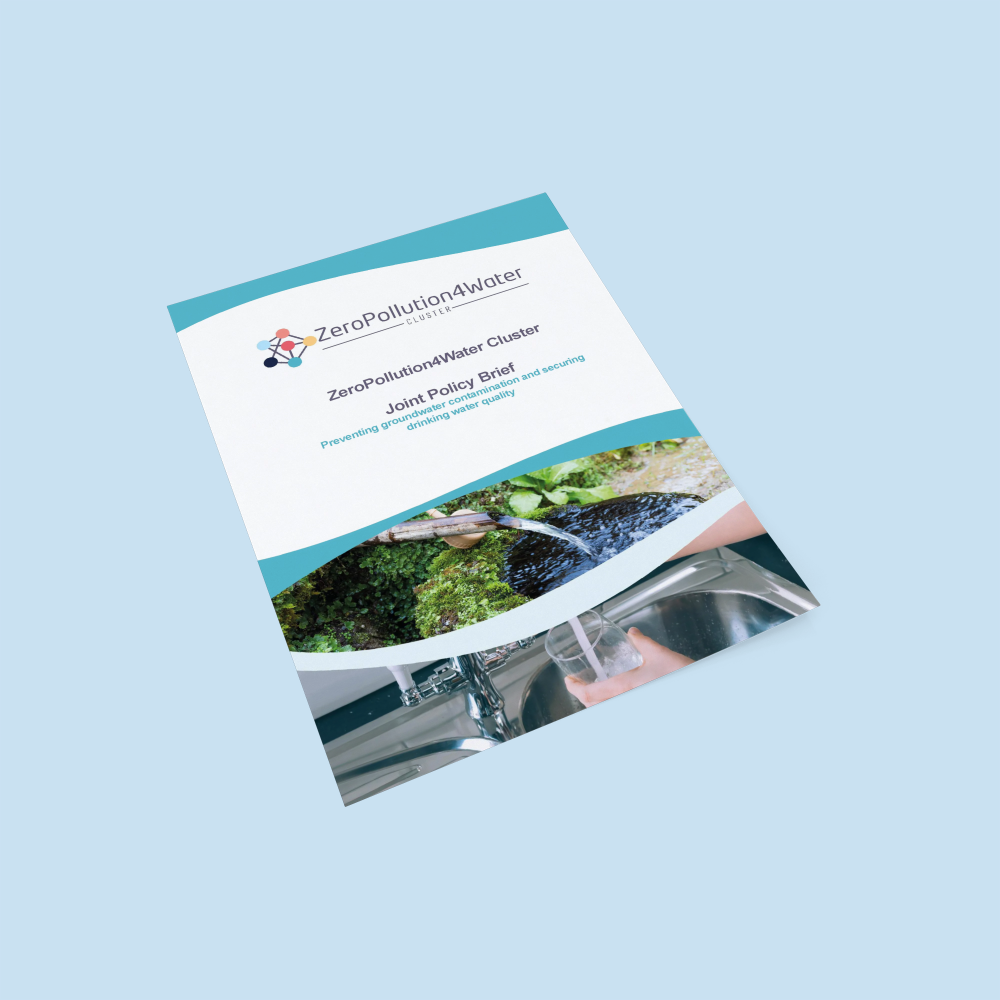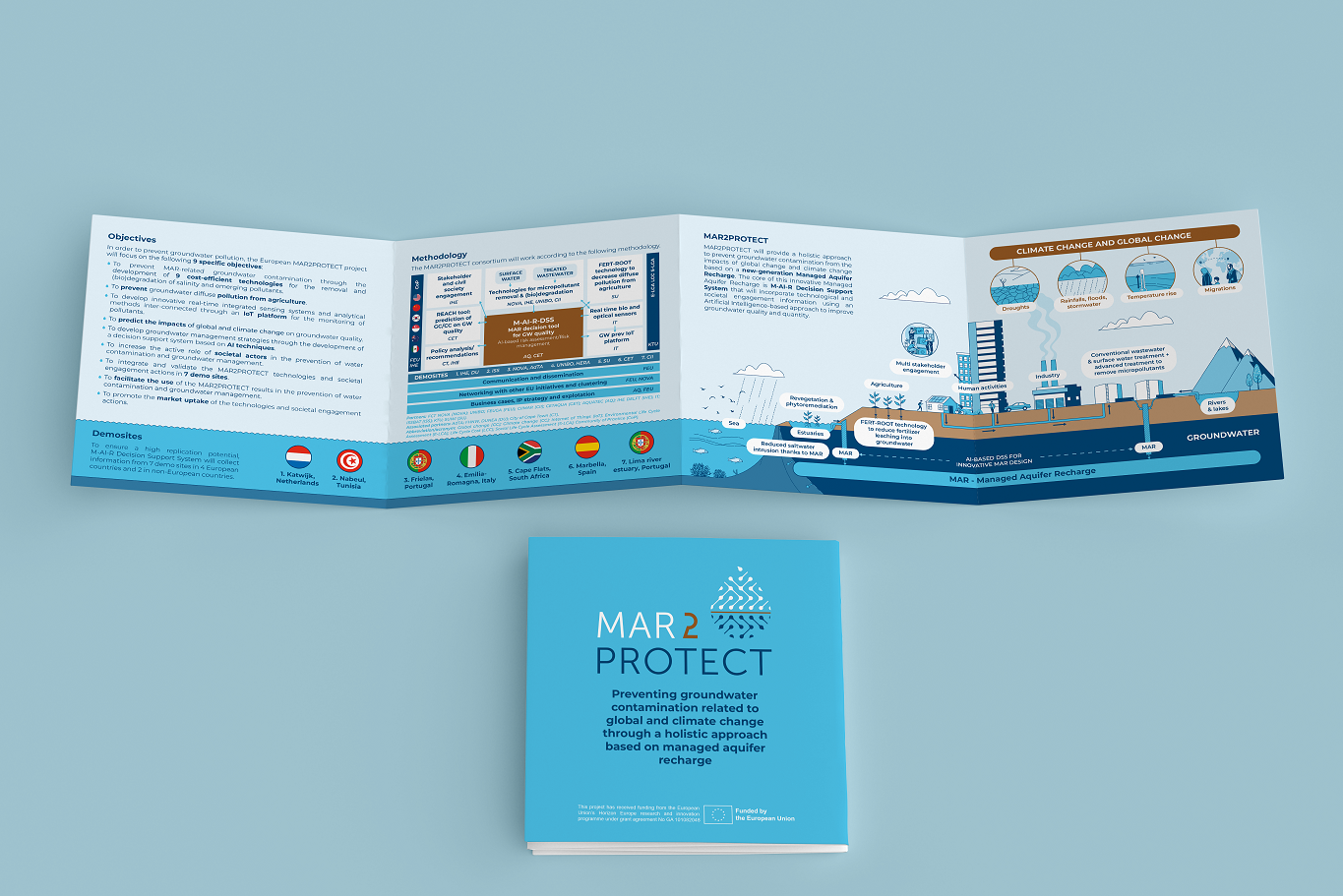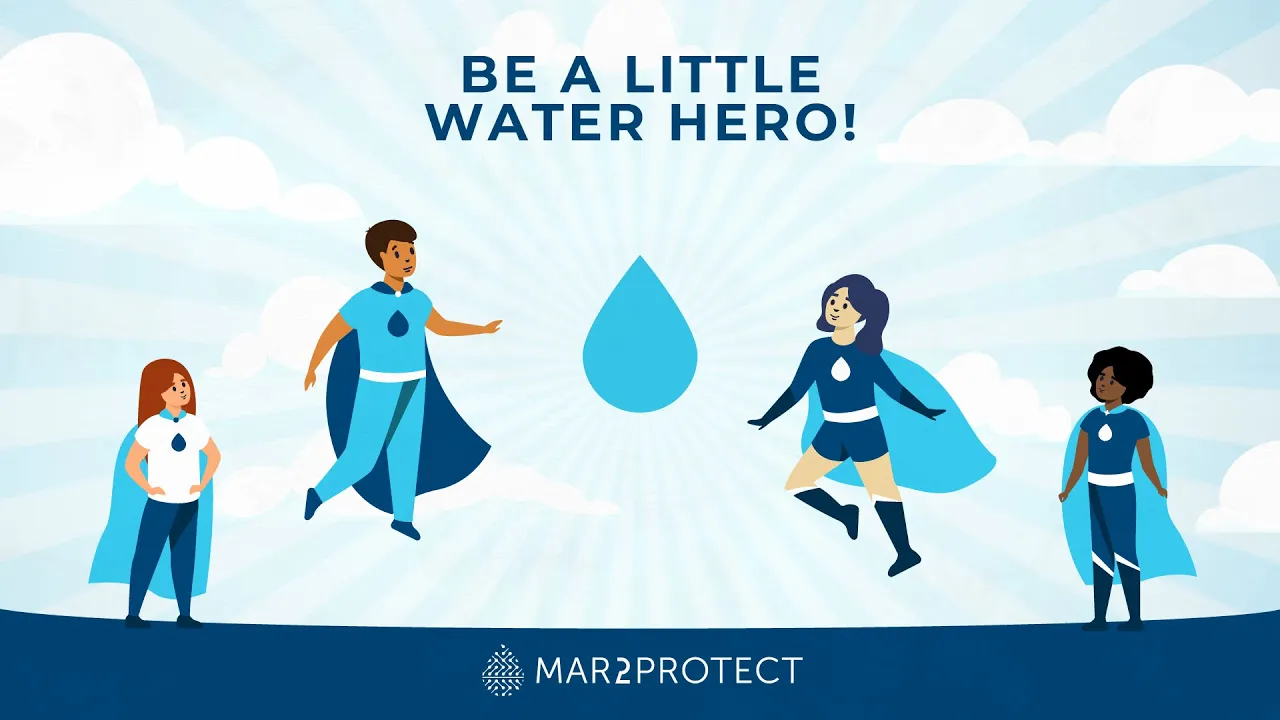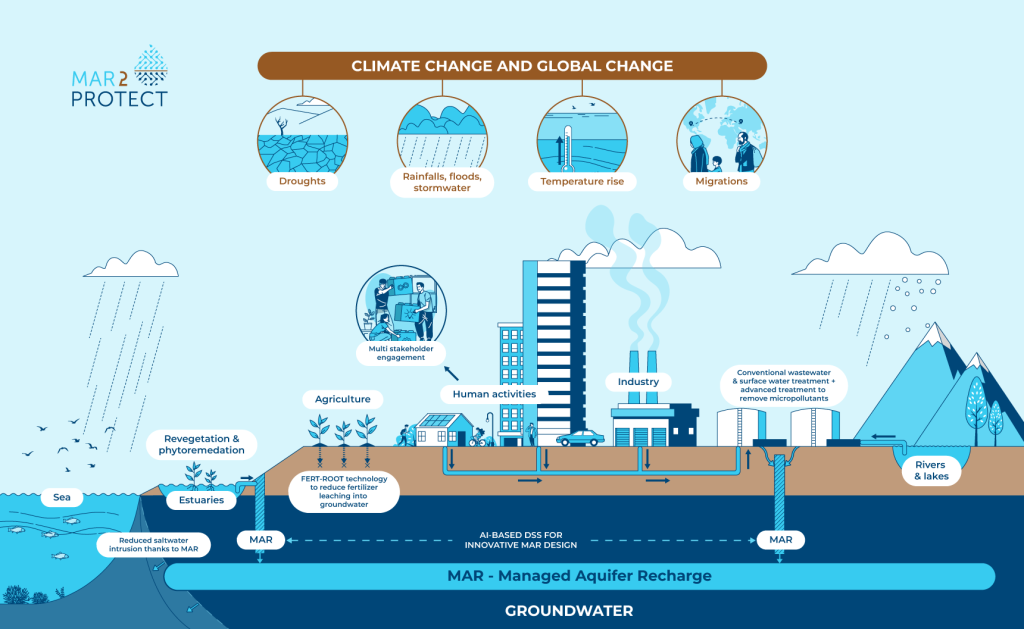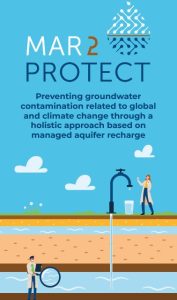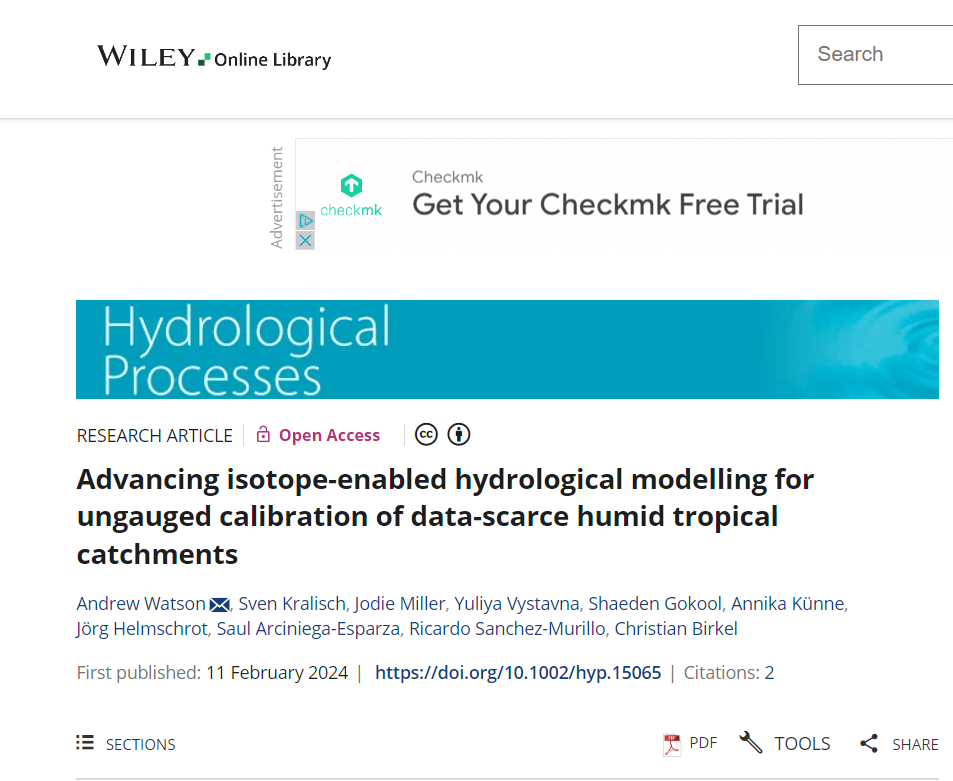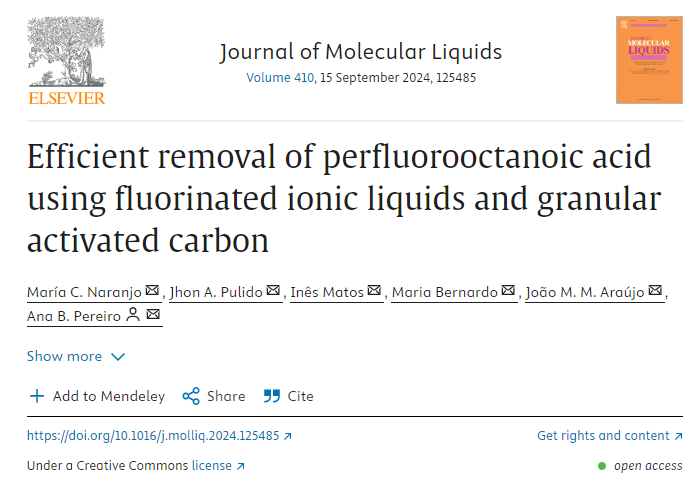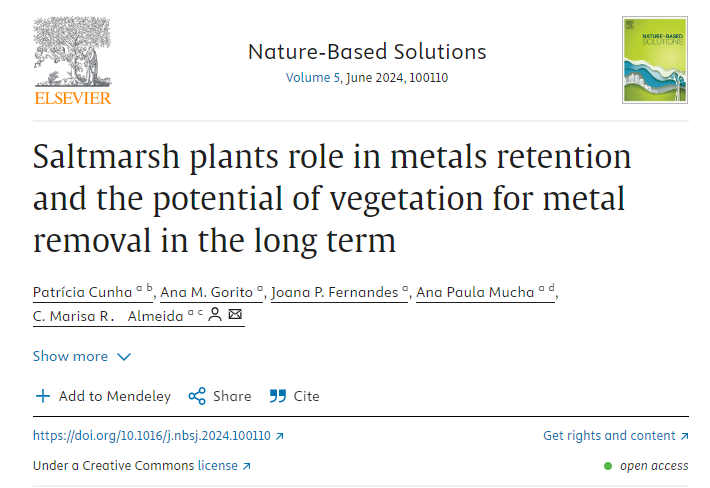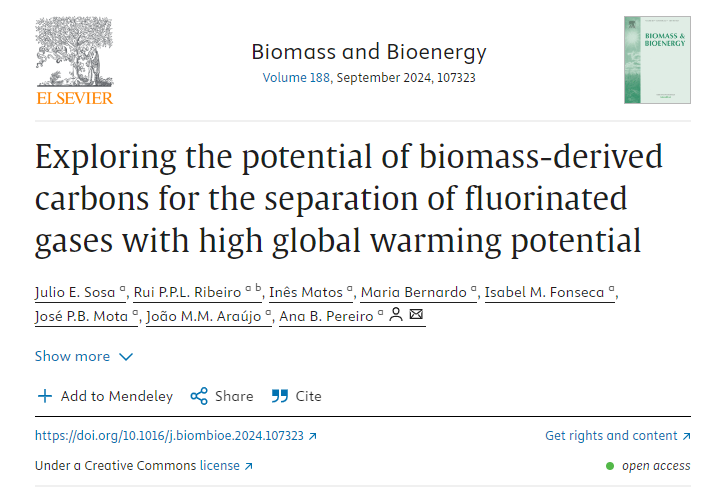Knowledge center
Scientific publications
Advancing isotope-enabled hydrological modelling for ungauged calibration of data-scarce humid tropical catchments
Hydrological Processes, Volume38, Issue2, February 2024, e15065
Efficient removal of perfluorooctanoic acid using fluorinated ionic liquids and granular activated carbon
Journal of Molecular Liquids, Volume 410, 15 September 2024, 125485
Saltmarsh plants role in metals retention and the potential of vegetation for metal removal in the long term
Nature-Based Solutions, Volume 5, June 2024, 100110
Deliverables
On this area, you will find all deliverables of the MAR2PROTECT project, sorted per work package one to seven. If the abstract of the deliverables is not yet set public, it means that the document has not yet been delivered and/or approved for publication.
Public deliverables can be downloaded as soon as they have been officially released by the Commission.
| Deliverable Number & Name | WP | Lead part. | Diss.level | Date | |
| D1.1 | Project Management Handbook | 1 | NOVA | PU | M3 |
| D1.2 | Initial Data Management Plan | 1 | NOVA | PU | M6 |
| D1.3 | Mid-term Data Management Plan | 1 | NOVA | PU | M36 |
| D1.4 | Final Data Management Plan | 1 | NOVA | PU | M48 |
| D2.1 | Functionalized biomaterials | 2 | NOVA | SEN | M18 |
| D2.2 | Report of functionalized biomaterials | 2 | NOVA | PU | M18 |
| D2.3 | Preliminary assessment of WP2 technology performances for upscale to TRL 5 | 2 | UNIBO | SEN | M18 |
| D2.4 | Report of the preliminary assessment of WP2 technology performances for upscale to TRL 5 | 2 | UNIBO | PU | M18 |
| D2.5 | Final performance assessment of WW, SW and FERT-ROOT technologies | 2 | FHNW | SEN | M36 |
| D2.6 | Assessment and selection of developed technologies for WW/SW treatment and FERT-ROOT implementation | 2 | IHE | PU | M36 |
| D3.1 | Bio and chemical optical-based sensors | 3 | ISSBAT | SEN | M18 |
| D3.2 | Development and application of innovative analytical methods | 3 | IHE | SEN | M30 |
| D3.3 | Report of the development and application of innovative analytical methods | 3 | IHE | PU | M30 |
| D3.4 | Central sensing units and GW-PREV IoT platform | 3 | IT | PU | M24 |
| D3.5 | Optimization of the integrated sensing system for reliable operation under field conditions | 3 | IT | SEN | M30 |
| D3.6 | Report of the optimization of the integrated sensing system for reliable operation under field conditions | 3 | IT | PU | M30 |
| D4.1 | M-AI-R DSS data architecture and data space technical specifications | 4 | CET | SEN | M12 |
| D4.2 | Report of M-AI-R DSS data architecture and data space technical specifications | 4 | CET | PU | M12 |
| D4.3 | Report on the REACH Tool for GC and CC impacts on GW chemical status | 4 | CET | PU | M18 |
| D4.4 | MAR suitability and feasibility mapping and cost-benefit analysis of MAR projects | 4 | CET | PU | M30 |
| D4.5 | DRONE & RAINREC: Data-driven & hybrid forecasting models for simulating MAR yield variable | 4 | UNIBO | PU | M30 |
| D4.6 | MAR-based risk assessment and mitigation strategies | 4 | CET | PU | M36 |
| D5.1 | Demo site characterization, stakeholder identification and selection of technologies to be implemented in each demo site | 5 | UNIBO | SEN | M24 |
| D5.2 | Final report on the protection of coastal aquifers through MAR with treated WW and SW | 5 | IHE | PU | M40 |
| D5.3 | Final report on the protection of a coastal aquifer through recharge with upstream GW and of an estuarine marshal zone | 5 | CET | PU | M40 |
| D5.4 | Final assessment of the implementation of the MAR2PROTECT technologies in the demo sites | 5 | UNIBO | PU | M42 |
| D6.1 | Initial stakeholder analysis of the demo sites and EU stakeholder landscape & engagement strategy | 6 | IHE | PU | M6 |
| D6.2 | Prevention of GW contamination through civil society and stakeholder engagement. | 6 | IHE | PU | M36 |
| D6.3 | First report on the technologies E-LCA, LCC & S-LCA | 6 | KTU | SEN | M24 |
| D6.4 | Final Life Cycle Sustainability Assessment of the technologies implemented in the demo sites | 6 | KTU | PU | M42 |
| D6.5 | Selection, upscaling and replication promotion of the MAR2PROTECT technologies | 6 | UNIBO | PU | M48 |
| D6.6 | First report on Policy analysis and Policy recommendations on the prevention of GW contamination | 6 | IHE | PU | M22 |
| D6.7 | Final report on Policy analysis and Policy recommendations on the prevention of GW contamination | 6 | IHE | PU | M46 |
| D7.1 | Communication plan and toolkit | 7 | FEU | PU | M2 |
| D7.2 | Plan for Exploitation and Dissemination of Results | 7 | FEU | SEN | M6 |
| D7.3 | Communication and Dissemination materials and results (including the first batch of policy briefs and videos) | 7 | FEU | PU | M24 |
| D7.4 | Communication and Dissemination of materials and results (including the second batch of policy briefs, videos, innovation factsheets and the parliamentary session) | 7 | FEU | PU | M46 |
| D7.5 | Plan for Exploitation and Dissemination of Results (Final), including BM and IPR | 7 | FEU | SEN | M48 |
